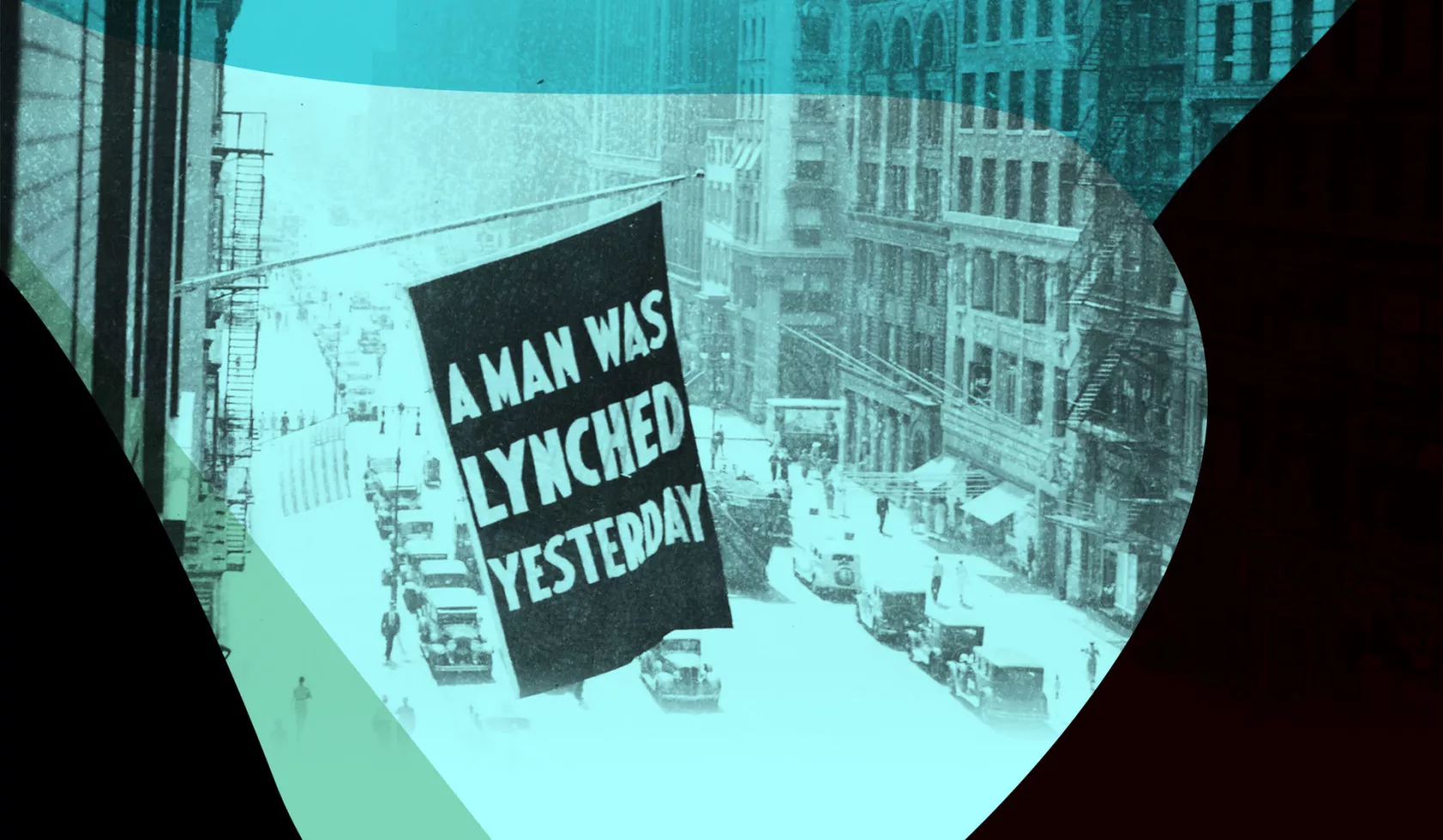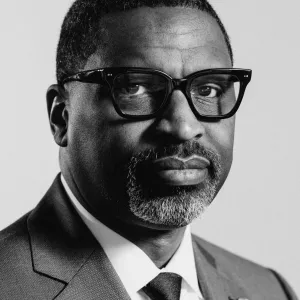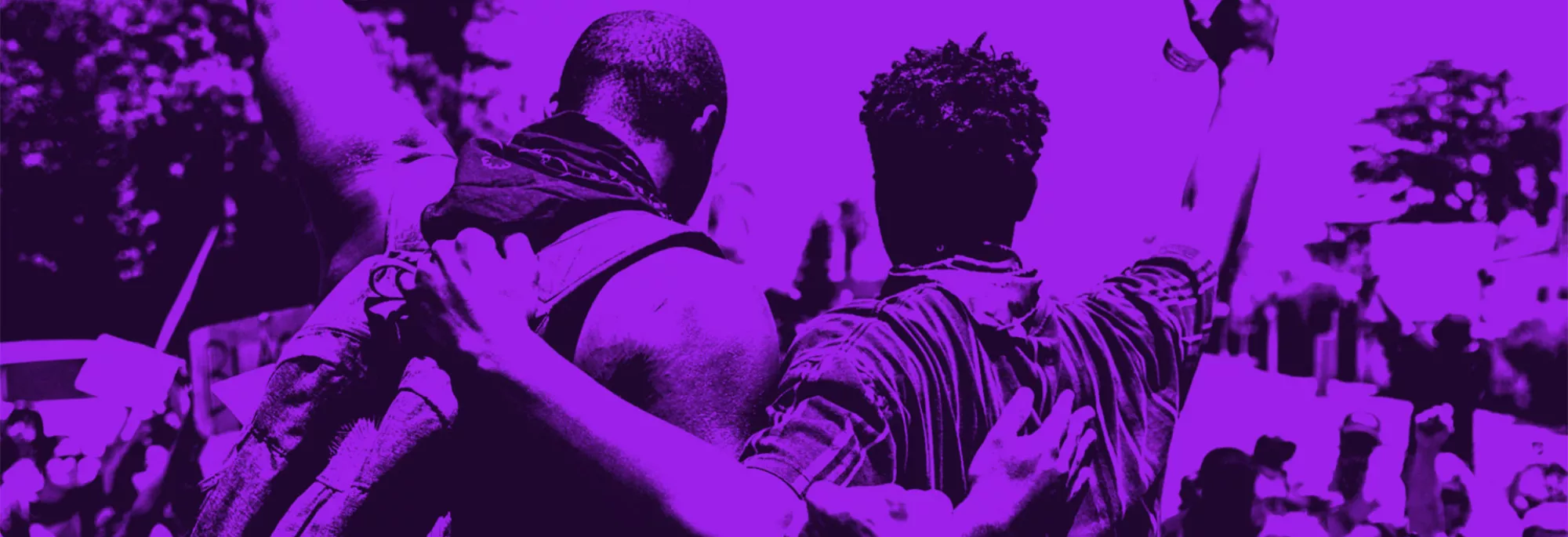
History of Lynching in America
White Americans used lynching to terrorize and control Black people in the 19th and early 20th centuries. Learn more about the history of this barbaric practice and how NAACP worked to end lynching.
What are lynchings?
A lynching is the public killing of an individual who has not received any due process. These executions were often carried out by lawless mobs, though police officers did participate, under the pretext of justice.
Lynchings were violent public acts that white people used to terrorize and control Black people in the 19th and 20th centuries, particularly in the South. Lynchings typically evoke images of Black men and women hanging from trees, but they involved other extreme brutality, such as torture, mutilation, decapitation, and desecration. Some victims were burned alive.
A typical lynching involved a criminal accusation, an arrest, and the assembly of a mob, followed by seizure, physical torment, and murder of the victim. Lynchings were often public spectacles attended by the white community in celebration of white supremacy. Photos of lynchings were often sold as souvenir postcards.
"Southern trees bear a strange fruit, blood on the leaves and blood at the root. Black bodies swinging in the Southern breeze, strange fruit hanging from the poplar trees."
— "Strange Fruit," written by Abel Meeropol and recorded in 1939 by Billie Holiday
How Many People were lynched?
From 1882 to 1968, 4,743 lynchings occurred in the U.S., according to records maintained by NAACP. Other accounts, including the Equal Justice Initiative's extensive report on lynching, count slightly different numbers, but it's impossible to know for certain how many lynchings occurred because there was no formal tracking. Many historians believe the true number is underreported.
The highest number of lynchings during that time period occurred in Mississippi, with 581 recorded. Georgia was second with 531, and Texas was third with 493. Lynchings did not occur in every state. There are no recorded lynchings in Arizona, Idaho, Maine, Nevada, South Dakota, Vermont, and Wisconsin.
Black people were the primary victims of lynching: 3,446, or about 72 percent of the people lynched, were Black. But they weren't the only victims of lynching. Some white people were lynched for helping Black people or for being anti-lynching. Immigrants from Mexico, China, Australia, and other countries were also lynched.
Allegations behind lynchings
White mobs often used dubious criminal accusations to justify lynchings. A common claim used to lynch Black men was perceived sexual transgressions against white women. Charges of rape were routinely fabricated. These allegations were used to enforce segregation and advance stereotypes of Black men as violent, hypersexual aggressors.
Hundreds of Black people were lynched based on accusations of other crimes, including murder, arson, robbery, and vagrancy.
Many victims of lynchings were murdered without being accused of any crime. They were killed for violating social customs or racial expectations, such as speaking to white people with less respect than what white people believed they were owed.
How NAACP fought lynching
As Black Americans fled the South to escape the terror of lynchings, a historic event known as the Great Migration, people began to oppose lynchings in a number of ways. They conducted grassroots activism, such as boycotting white businesses. Anti-lynching crusaders like Ida B. Wells composed newspaper columns to criticize the atrocities of lynching.
And several important civil rights organizations — including NAACP — emerged during this time to combat racial violence.
NAACP led a courageous battle against lynching. In the July 1916 issue of The Crisis, editor W.E.B. Du Bois published a photo essay called "The Waco Horror" that featured brutal images of the lynching of Jesse Washington.
Washington was a 17-year-old Black teen lynched in Waco, Texas, by a white mob that accused him of killing Lucy Fryer, a white woman. Du Bois was able to turn postcards of Washington's murder against their creators to energize the anti-lynching movement. The Crisis's circulation grew by 50,000 over the next two years, and we raised $20,000 toward an anti-lynching campaign.
In 1919, NAACP published Thirty Years of Lynching in the United States, 1889-1919, to promote awareness of the scope of lynching. The data in this study offer the gruesome facts by number, year, state, color, sex, and alleged offense.
Among the campaign's other efforts, from 1920 to 1938, we flew a flag from our national headquarters in New York that bore the words "A man was lynched yesterday." The campaign turned the tide of public opinion and even persuaded some southern newspapers to oppose lynching because it was damaging the South's economic prospects.
We also fought hard for anti-lynching legislation. In 1918, Congressman Leonidas Dyer of Missouri first introduced his Anti-Lynching Bill — known as the Dyer Bill — into Congress. NAACP supported passage of the bill from 1919 onward, though it was defeated by a Senate filibuster. NAACP continued to push for federal anti-lynching legislation into the 1930s.
National lynching rates declined in the 1930s, a trend that NAACP Executive Secretary Walter White attributed to anti-lynching activism, shifts in public opinion, and the Great Migration. The first full year without a recorded lynching occurred in 1952.
The lynching of Emmet Till
The tide may have turned against lynching, but white supremacy and violence continued to terrorize Black communities. In 1955, 14-year-old Emmett Till was brutally murdered for allegedly flirting with a white woman. Till's murder and subsequent injustice deeply affected the Black community and galvanized a young generation of Black people to join the Civil Rights Movement.
NAACP declared Till's murder a lynching. Southeast Regional Director Ruby Hurley, Mississippi Field Secretary Medgar Evers, and Amzie Moore, president of the Bolivar County branch in Mississippi, initiated the homicide investigation and secured witnesses. An all-white jury acquitted the two men accused, who later bragged about their crimes in a magazine article.
Mamie Elizabeth Till-Mobley, Emmet Till's mother, decided to hold an open-casket funeral to put her son's brutalized body on display for the world to see. Jet Magazine published photos of his body in the casket, along with the headline "Negro Boy Was Killed for 'Wolf Whistle,'" causing national outrage among Black and white Americans alike, helping to catalyze the Civil Rights Movement.
Modern-day lynchings
You might think of lynchings as a disgraceful and barbaric practice from the past, but they continue to this day. In 1998, James Byrd was chained to a car by three white supremacists and dragged to his death in the streets of Jasper, Texas. In 2020, Ahmaud Arbery was fatally shot while jogging near Brunswick, Georgia. The three white men charged with killing Arbery claimed he was trespassing.
The videotaped death of George Floyd was a modern-day lynching. Floyd was killed in broad daylight by police officer Derek Chauvin, who held Floyd down with a knee on his neck for more than nine minutes.
Lynchings like these should not be part of American society today just as they should not have been 100 years ago. NAACP will continue to fight back against white supremacy and violence, and demand that people responsible, including law enforcement officers, be held accountable.

What we witnessed with George Floyd was that same public spectacle: someone in broad daylight with onlookers around, being killed at the hands of a law enforcement officer who has just complete disregard for human life and felt he was above the law.
- Derrick Johnson, NAACP President and CEOWalter White, Investigator
In 1918, Walter White, NAACP Assistant Secretary, initially joined NAACP as an investigator. His fair skin and straight hair made him effective in conducting investigations of lynchings and race riots in the South. He could "pass" and talk to whites but identified as Black. Through 1927, White would investigate 41 lynchings.
Walter White lynching investigations featured in The Crisis:
The Lynching of Mary Turner, May 19, 1918 – Georgia
The lynching of Mary Turner in Brooks-Lowndes County, Georgia, was one of the lynching investigations by Walter White on behalf of NAACP. Abusive plantation owner, Hampton Smith, was shot and killed. A week-long manhunt resulted in the killing of Mary Turner's husband, Hayes Turner. Mary denied that her husband had been involved in Smith's killing, publicly opposed her husband's murder, and threatened to have members of the mob arrested.
On May 19, 1918, a mob of several hundred brought her to Folsom Bridge, tied Mary's ankles, hung her upside down from a tree, doused her in gasoline and motor oil and set her on fire. She was still alive when a member of the mob split her abdomen open with a knife. Her unborn child fell to the ground, was stomped and crushed. Mary's body was riddled with hundreds of bullets.
The September 1918 issue of The Crisis carried an account of the lynching.
The Lynching of Jesse McIlherron, February 1918 – Tennessee
The lynching of Jesse McIlherron was another Walter White investigation for NAACP. Jesse was a Black man who resented the slights and insults of white men. He stayed armed and the sheriff feared him. On February 8, 1918, he got into a quarrel with three young white men who insulted him. Threats were made and McIlherron shot and killed two of the men.
McIlherron fled to the home of a Black clergyman who aided him to escape and was later shot and killed by a mob. McIlherron was captured and lynched. McIlherron was chained to a hickory tree, a fire was built, and the torture began. Bars of iron were heated and the mob amused itself by putting them close to McIlherron, at first without touching him. He grasped at a bar and as it was jerked from his grasp, the inside of his hand came with it. Then, the real torturing began, lasting twenty minutes.
During that time, while his flesh was slowly roasting, Jesse never lost nerve. He cursed those who tortured him and almost to the last breath, derided the attempts of the mob to break his spirit.
An account of the lynching of Jesse was carried in the May 1918 issue of The Crisis.

SUPPORT THE MOVEMENT
Donate to NAACP today to help power the fight against structural racism and inequality.
Donate NowJOIN THE FIGHT
You are critical to the hard, complex work of ending racial inequality.
Become a Member